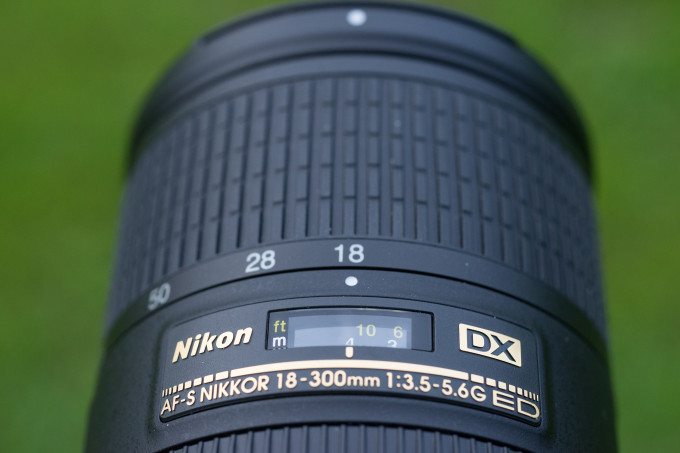
Not every photographer wants a prime lens. Not every photographer wants to change lenses. Some situations demand one lens that can do almost anything. This is where the AF-S Nikkor DX 18-300mm f/3.5-5.6G ED VR comes into play. Believe it or not a lens like this does have a use despite our groans about variable aperture–and it’s about convenience.
Let’s see what this lens has to offer
Pros and Cons
Pro
- Can capture a landscape and zoom in on a flower in a matter of seconds
- Better than expected image quality
- There is a lock so that there is no lens creep when you are not using the lens.
Cons
- The AF-S Nikkor DX 18-300mm f/3.5-5.6G ED VR is a bulky lens.
- The lens is pricy compared to its third-party competitors
- The autofocus, at longer focal lengths, is slow; or at least in our experience it was.
Gear Used
I used the Nikon DX 18-300mm f/3.5-5.6G ED VR with my Nikon D90 and a Black Rapid Cross shot. I kept this lens in my Domke Chronicle Camera Bag. I used my 3LeggedThing Brian on occasion for testing.
Tech Specs
Specs taken from B&H Photo
- For DX-Format D-SLRs
- Wide-Angle to Telephoto 16.7x Zoom Lens
- Three Aspherical Lens Elements
- Three Extra-Low Dispersion Lens Elements
- Nikon VR II Image Stabilization
- Nikon Super Integrated Coating
- Silent Wave Motor & Zoom Lock Switch
- Focus to 1.48 Feet at 300mm
- M/A (Manual/Auto) Focus Mode Switch
- Internal Focus & Round 9-Blade Diaphragm
Ergonomics
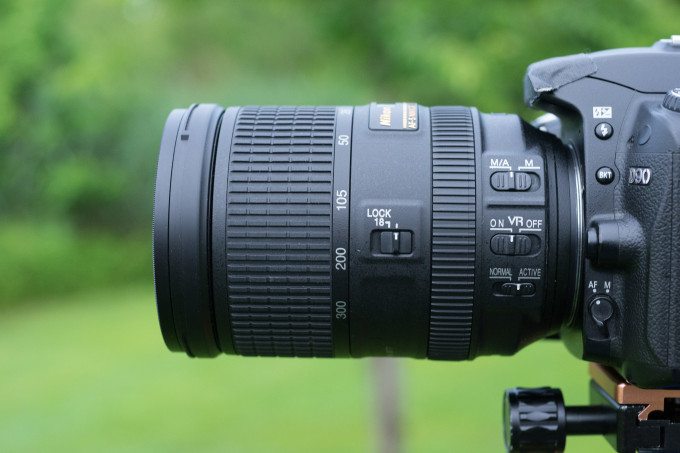
For a lens with a big range, the Nikon DX 18-300mm f/3.5-5.6G ED VR has a decent design. The zoom ring is big to accommodate the mount of glass that has to be moved–and it feels great in the hands. The focus ring was a pretty fair size as well. All the buttons for this lens are easily reached–which continued to add to the layout.
The buttons, which are behind the rings, are the focusing switch, VR on/off, and the type of VR.
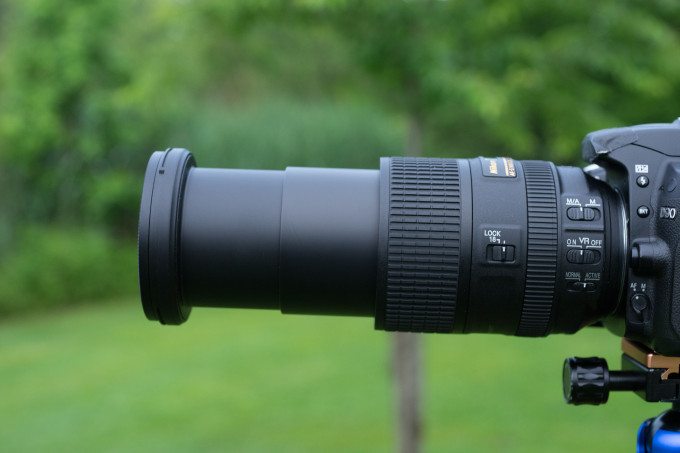
Fully extended, the Nikon DX 18-300mm f/3.5-5.6G ED VR is a big lens–which overall makes it very noticeable. On more than one occasion did I get a comment on the size of the lens.
Don’t ask…
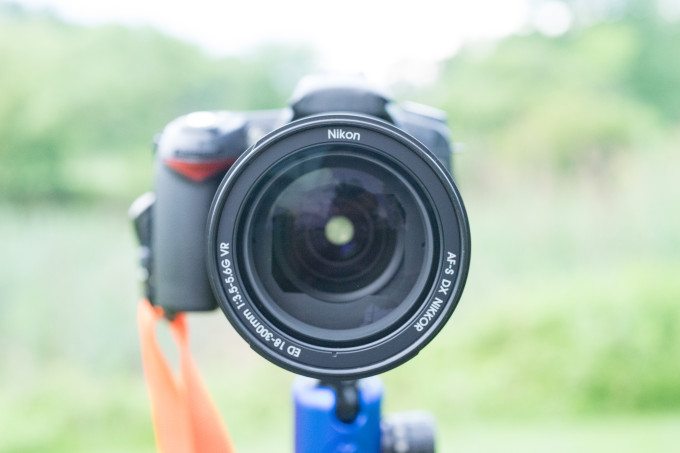
The Nikon DX 18-300mm f/3.5-5.6G ED VR takes a 77 mm filter; which means that it’s a big lens. Filters we feel are needed because if you forget to put this lens back to 18mm you can easily hit it something.
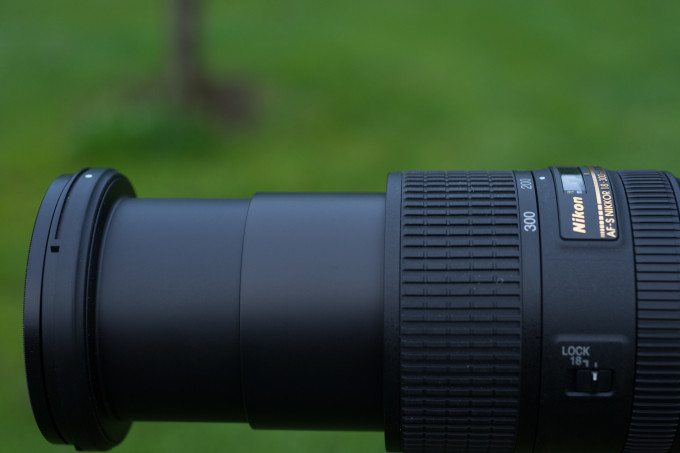
There is a distance scale on the top of the Nikon DX 18-300mm f/3.5-5.6G ED VR, its more a novelty than anything else. Honestly most people will barely ever look at the distance scale. While seemingly accurate it is not something most photographers think about these days when it comes to zooms of this range.
Build Quality
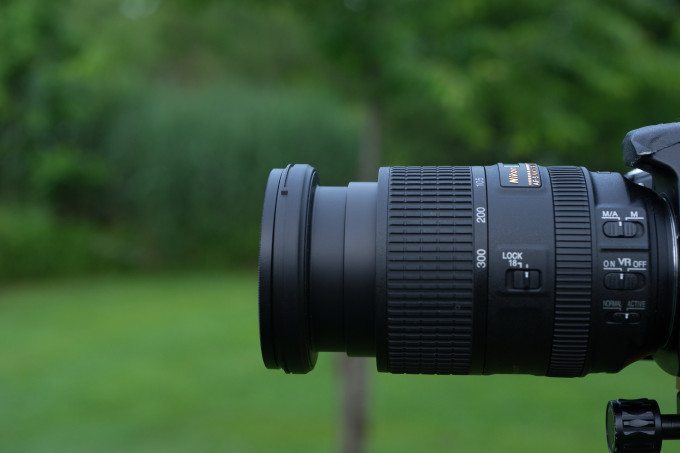
The wonderful thing about lenses is that they can come is a variety of sizes and builds. Depending what they need to do they can be either small or big. With the Nikon DX 18-300mm f/3.5-5.6G ED VR we have a lens that is somewhat bulky but for a good reason. Having a zoom that’s 18-300mm requires a decent amount of glass on the inside. It’s not much bigger or heavier than a Sigma 24-105mm. But you’re sacrificing quality for range. The lens is mostly plastic. If it had more metal it would be too heavy.
During one of my morning commutes, I had to stand on a train and did not have a chance to put my gear away. The lens felt like it was in the way the entire time. When in the great outdoors it was okay. Without my black rapid strap it would make my arms and wrist tired. The lens need to be supported on long walks.
Autofocus
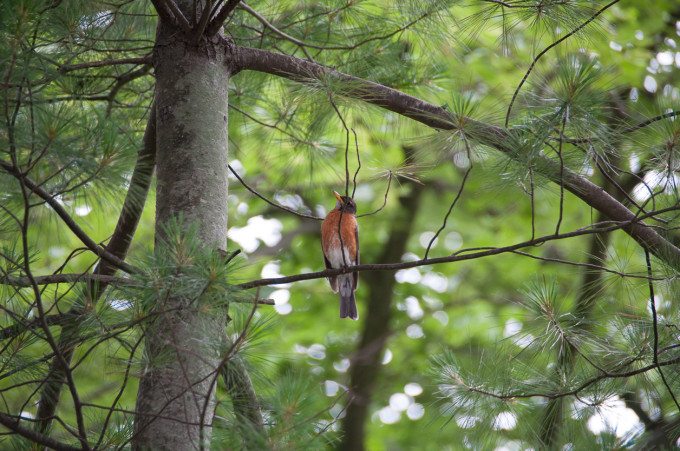
In the shorter focal lengths the autofocus is a decent speed. When shooting landscapes, things would hop into focus with no issues–which is just expected. But where we started to see problems was at longer focal lengths-where the autofocus is slow. I would wait a few second for it to focus on a subject at times and could miss shots because it was so slow. It was quicker to go to manual focus between 200mm and 300mm. If the autofocus were faster you could be more adventurous with this lens.
Granted, we’re using an older camera because of the fact that we know that most folks can’t upgrade every single year.
Ease of Use
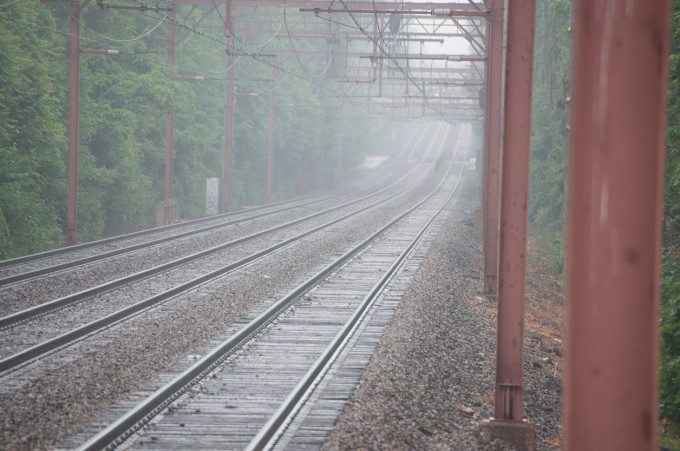
The lens was not challenging at all. There was very little to configure. Going from 18-300 is interesting though. It’s all about the positioning with this lens. And overall, it’s about convenience and utility. Not having to take this lens off is when you are in bad weather could be beneficial. With this lens you have to think about the wide shot and the zoomed shot as well.
Image Quality
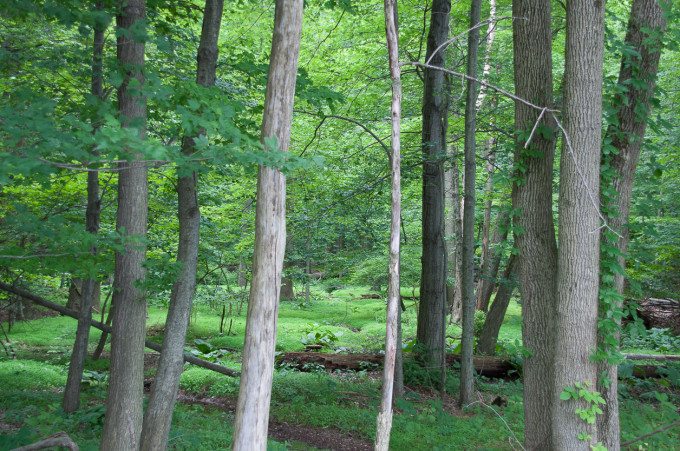
Overall, the image quality of the Nikon 18-300mm is pretty good. I had it on a nature walk and was able to use it in a variety of different locations and get decent shots. Honestly, we used to believe that super zooms were just doorstops. Over time though, they have improved. The Nikon AF-S DX 18-300mm f/3.5-5.6G ED VR is a great example.
Bokeh
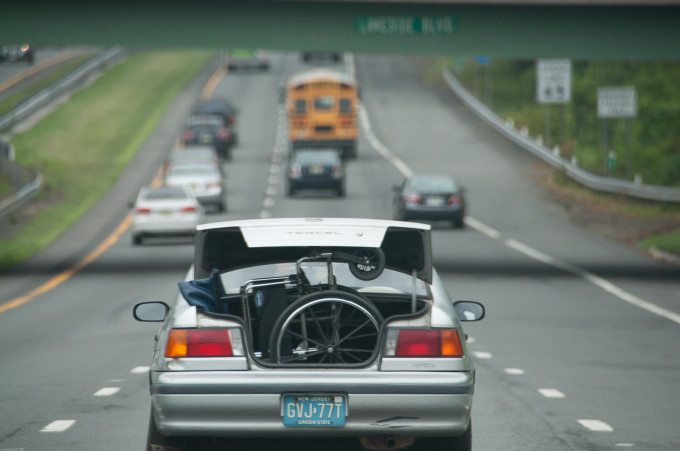
The bokeh of this lens is a mixed bag.Depending on your focal length you could go from decent bokeh to not so great bokeh easily. I found bokeh at 300mm was not that great, while at wider focal lengths it improves. I thought it would be the other way around with this lens.This is not a lens I would use for the quality of its bokeh, I would keep a 50mm on the side for that.
Sharpness
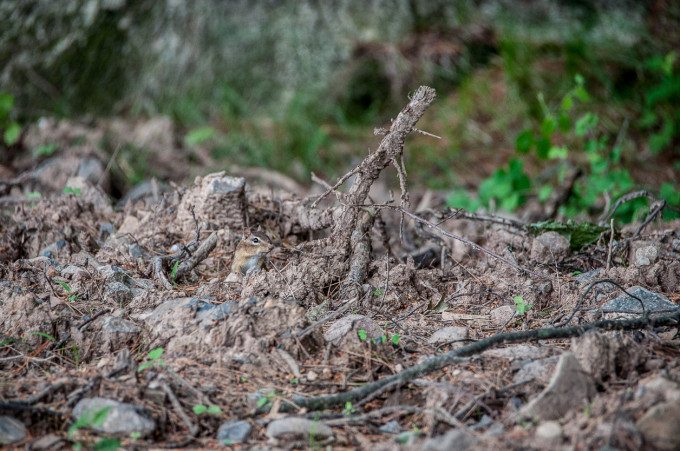
The Nikon 18-300,, has decent sharpness for what it is. It is performing a lot of tasks and has a lot of glass internally. Where it lacked in bokeh it made up for it here. If a reporter had to, suddenly ,become his own photographer, this lens would be something to consider. I liked shooting with this lens between f5.6 and f8 you easily hit the sweet spot on the lens.
Color Fringing
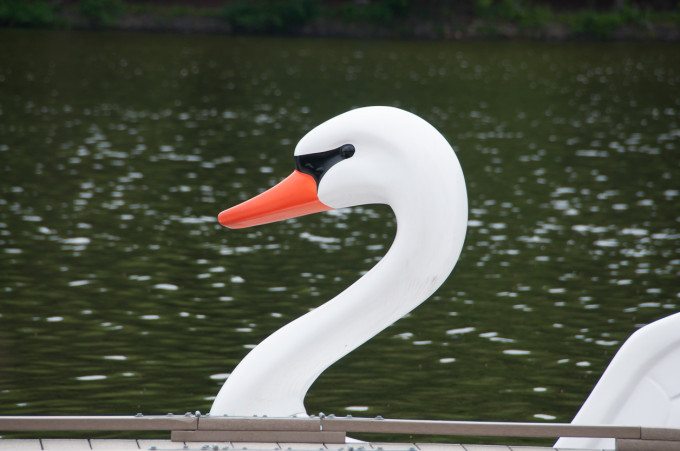
There was very little color fringing with this lens. I thought there would be more but it’s not noticeable. Nikon should be praised for this.
Color Rendering

Colors were great with the Nikon 18-300mm. When creating images of people, the skin tones were decent in both indoors and out. For a lens with this much range I did not expect the amount of color consistency and I tried to have this lens in as many situations as possible.
Extra Image Samples
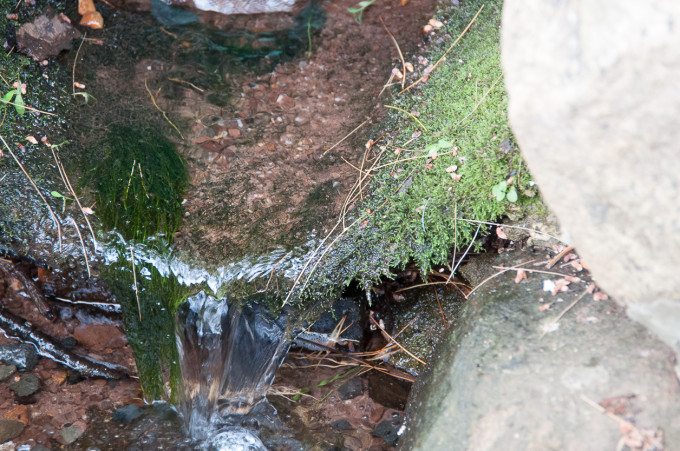
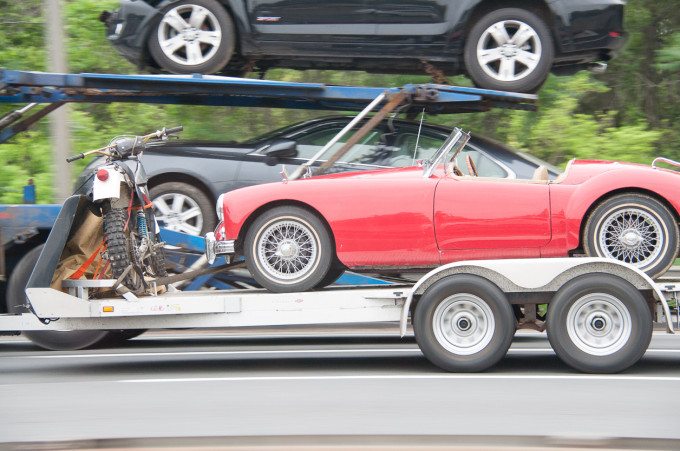
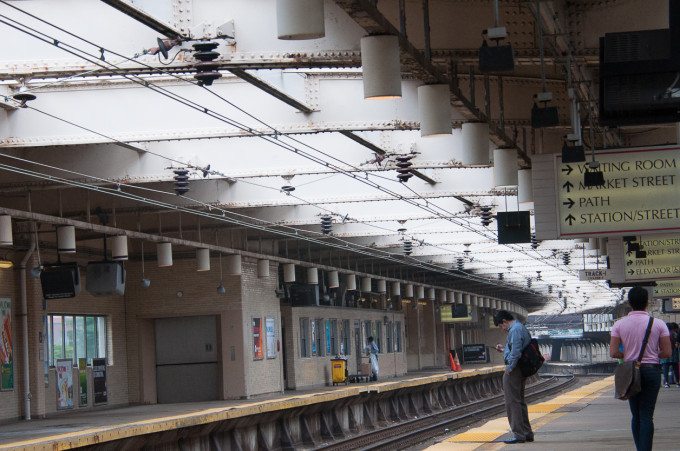

Conclusions
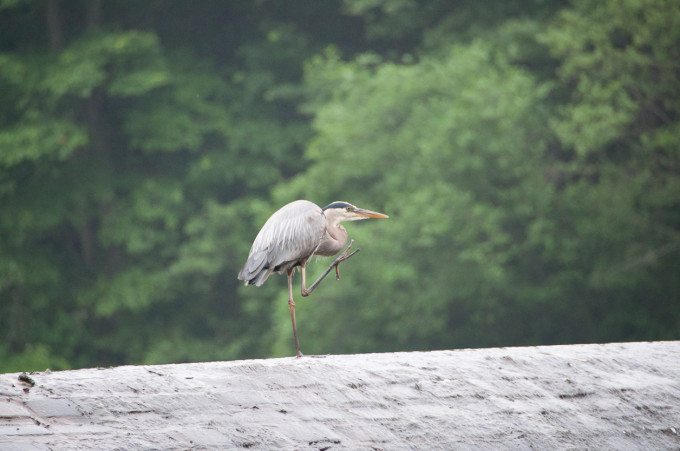
Likes
- The Nikon 18-300 has a huge range,I can easily think of times to use it
- This lens had decent image quality .
- You can select the level of VR you use.
Dislikes
- Size, the lens is bulky
The autofocus between 200mm and 300 mm leaves a lot to be desired

When my wife asked what I would use the Nikon 18-300mm for the first thing that came to mind was on a safari. If I was in a situation where I wanted to capture landscapes and something off in the distance without changing lenses, then it’s ideal. I also told her I would rent it and not buy it because I would not use it all the time. Honestly, though I would be just as happy with a Sigma 18-200mm and spend less money as well.
We rate this lens at 3 out of five stars
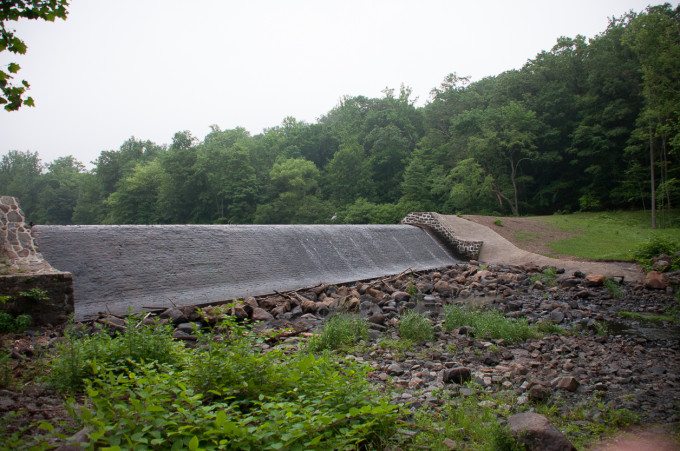
The Nikon 18-300mm is a pleasant lens, but I would not shoot with it in a city or on a photo walk personally. No, this lens needs something more epic–like a nice vacation. It’s not the lens that a pro would reach for, however the average person with a decent Nikon camera going on an epic vacation will find this lens to be fantastic. Instead of carrying multiple lenses, this will be fine and rather impressive looking to some. This is not the one lens to rule them all but some folks may l see it as the only lens they need.
Recommended Cameras and Accessories
- I would get a 77mm UV and Circular Polarizer for this lens.
- Nikon D7100: This camera would be an Ideal match for this lens. It speed and visibility would be well used with it
- BlackRapid Yeti: The Yeti would be ideal strap when using this lens because of the fact that it lets you access it quicker..

